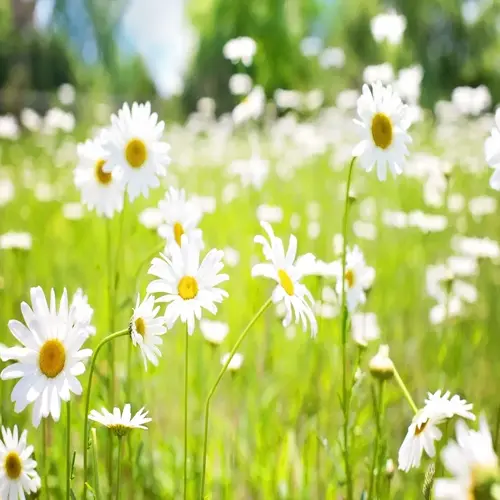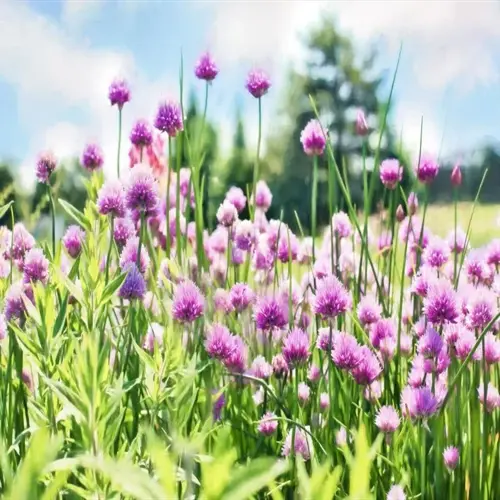How often should dill be watered?

Written by
Tina Carter
Reviewed by
Prof. Martin Thorne, Ph.D.The method for watering dill promotes vigorous growth and helps avoid common issues such as root rot and bolting. To check for moisture, insert your finger into the soil up to the first knuckle. Only water when the top inch feels dry. Water deeply, once a week, for garden beds. Containers, on the other hand, require more frequent watering, especially when the weather is hot or dry.
Garden Bed Watering
- Water deeply once weekly providing 1 inch
- Use soaker hoses for even distribution
- Always check soil before watering
Container Requirements
- Check moisture daily in warm weather
- Water when top ½ inch dries out
- Use pots with drainage holes
Weather Adjustments
- Twice weekly above 85°F (29°C)
- Reduce frequency during cool spells
- Protect from heavy rainfall
Implement effective watering methods to prevent common pitfalls. Water early in the morning to enhance evaporation and lessen the risk of fungal growth. Watering should be directed right to the soil, not to the leaves. When you potted up your seedlings, flood the pot until water drips from the bottom. I use watering cans with long spouts so I can water accurately to the root zone.
Adjust watering according to seasonal changes in temperature and humidity. Increase frequency during summer heat and with daily monitoring. Reduce watering in the fall when growth slows. Indoor winter container plants require less frequent watering than summer. Always check the soil moisture level before adding more water!
Diagnosing watering concerns via plant symptoms. Yellowing leaves is a sign of overwatering. Crispy edges indicates dehydration. Soil should feel like a wrung-out sponge. I keep consistent moisture using self-watering spikes while traveling. If watered correctly, you'll have much tastier dill all season.
Read the full article: How to Grow Dill Successfully

